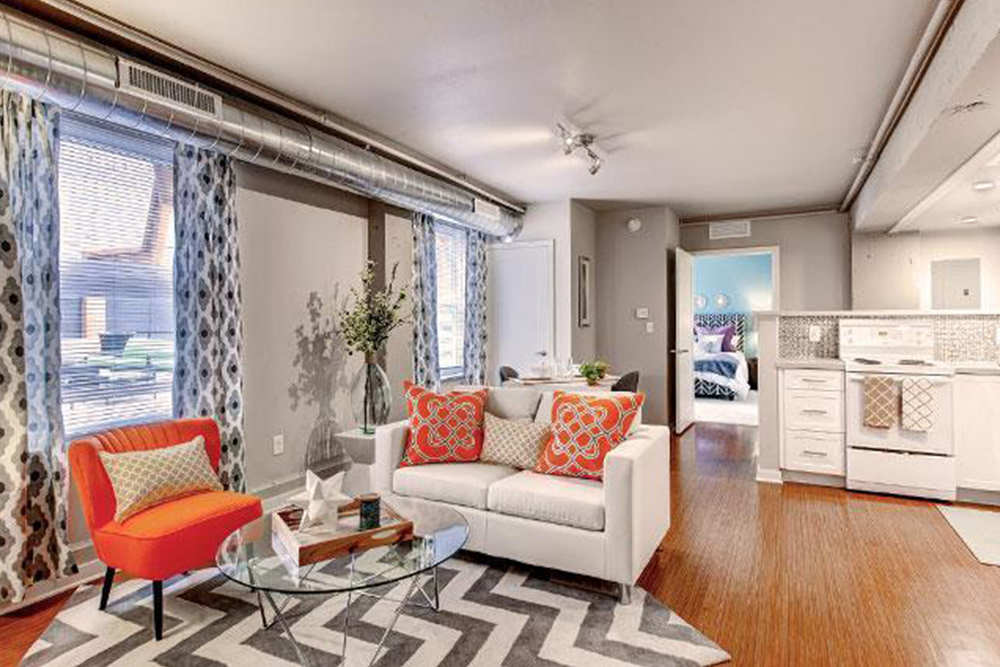Finding Pet-Friendly Apartments: 2 Bedroom Pet Friendly Apartments

Finding a comfortable and safe place to live with your furry companion can be challenging, especially when navigating the often-restrictive world of apartment rentals. However, with some research and strategic planning, finding a pet-friendly apartment is achievable.
Resources for Finding Pet-Friendly Apartments
Several resources can help you find pet-friendly apartments in your desired location. These resources can provide valuable information, including available listings, pet policies, and amenities.
- Online Real Estate Portals: Websites like Zillow, Apartments.com, and Trulia allow you to filter your search by pet-friendly options. These platforms often include detailed information about each property, including pet restrictions, breed limitations, and pet fees.
- Local Real Estate Agents: Real estate agents are familiar with the local market and can provide personalized recommendations for pet-friendly apartments. They can also help you negotiate with landlords and ensure your pet’s needs are met.
- Pet-Specific Websites: Websites like Petfinder and Adopt-a-Pet offer listings for pet-friendly apartments, sometimes even specifically catering to certain breeds or pet types. These websites often connect you with landlords who are particularly welcoming to pets.
- Local Animal Shelters and Rescue Organizations: Some animal shelters and rescue organizations have partnerships with landlords who offer pet-friendly housing options. These organizations can provide valuable information and resources to help you find a suitable home for you and your pet.
Verifying Pet Policies
Once you have identified potential pet-friendly apartments, it is crucial to verify the specific pet policies with the landlord or property manager. This includes:
- Pet Breed Restrictions: Some landlords may have restrictions on certain dog breeds or even specific cat breeds. This information is essential to ensure your pet is allowed in the apartment.
- Pet Fees: Many landlords charge a pet deposit or monthly pet rent. Understanding these fees will help you budget for your housing expenses.
- Pet Weight Limits: Some landlords may have weight restrictions for pets. Ensure your pet meets the weight requirements Artikeld in the lease agreement.
- Number of Pets Allowed: If you have multiple pets, verify the maximum number allowed in the apartment. This information is crucial to avoid any potential issues with the landlord.
- Pet-Related Rules: Inquire about any specific rules related to pets, such as leash requirements within the apartment complex, designated pet areas, or noise restrictions.
Benefits of Using a Real Estate Agent
Using a real estate agent can be advantageous when searching for a pet-friendly apartment. Real estate agents possess valuable knowledge about the local market, including:
- Access to Off-Market Listings: Real estate agents often have access to properties that are not publicly listed, increasing your chances of finding a suitable pet-friendly apartment.
- Negotiation Expertise: Real estate agents can negotiate on your behalf with landlords, potentially securing better lease terms, including lower pet fees or more flexible pet policies.
- Local Market Knowledge: Real estate agents are familiar with the local market and can provide insights into pet-friendly neighborhoods, rental trends, and potential challenges you may encounter.
- Time-Saving Benefits: Real estate agents can streamline the apartment search process by handling communication with landlords, scheduling viewings, and assisting with paperwork. This saves you valuable time and effort.
Understanding Pet Policies

While pet-friendly apartments offer a welcoming environment for you and your furry companion, it’s crucial to understand the specific pet policies in place. These policies often include restrictions and fees that can impact your decision.
Pet Restrictions
Landlords often implement pet restrictions to ensure the safety and well-being of all residents and the property. These restrictions may include:
- Breed Limitations: Some landlords may restrict certain dog breeds, such as pit bulls, Rottweilers, or German Shepherds, due to perceived aggression or liability concerns.
- Weight Restrictions: To avoid excessive wear and tear on the apartment, some landlords may impose weight limits on pets, particularly for larger breeds.
- Number of Pets: Most apartments will limit the number of pets allowed per unit. This is to manage the impact of pets on the building’s infrastructure and noise levels.
- Pet Age: Some landlords may have minimum or maximum age requirements for pets, particularly for puppies or senior animals.
Pet Deposits
Pet deposits are a common practice in pet-friendly apartments. They are designed to cover potential damage caused by pets and are typically refundable upon move-out, provided the apartment is left in good condition. However, there are different types of pet deposits:
- Refundable Pet Deposits: These deposits are returned to the tenant after they move out, as long as the apartment is in good condition and no damage caused by pets is found.
- Non-Refundable Pet Deposits: These deposits are not returned to the tenant, even if the apartment is left in good condition. They are often used to cover potential cleaning or repair costs associated with pets.
Pet-Related Costs
In addition to pet deposits, pet-friendly apartments may have other costs associated with having pets:
- Monthly Pet Rent: Some landlords charge a monthly pet rent, which is an additional fee on top of the regular rent. This fee can range from a few dollars to hundreds of dollars per month, depending on the apartment complex and the size and type of pet.
- One-Time Pet Fees: Some landlords charge a one-time pet fee, which is paid upfront when you move in. This fee is often used to cover the cost of pet-related services, such as background checks or cleaning.
It’s essential to carefully review the pet policies of any apartment you are considering, as these policies can vary significantly from one landlord to another.
Considerations for Pet Owners

Finding the perfect apartment for you and your furry friend requires careful consideration. You need to ensure the apartment meets your needs and provides a comfortable and safe environment for your pet. This section explores key factors to consider when searching for a pet-friendly apartment and provides tips for making your apartment pet-friendly.
Checklist for Pet Owners
Before embarking on your apartment search, create a checklist to guide your decision-making process. This checklist will help you prioritize your needs and focus on apartments that align with your pet’s requirements.
- Pet Policy: Carefully review the pet policy of each apartment complex. This policy Artikels the specific breeds, sizes, and number of pets allowed, as well as any associated fees or restrictions.
- Pet Restrictions: Some apartments may have restrictions on certain breeds or types of pets. Be aware of these restrictions and ensure your pet meets the criteria.
- Pet Fees: Understand the pet deposit, monthly pet rent, and any additional fees associated with having a pet in the apartment.
- Pet Amenities: Some apartment complexes offer pet-friendly amenities such as designated dog parks, walking trails, or pet grooming services. Consider these amenities when making your decision.
- Pet-Friendly Features: Look for apartments with features that cater to pets, such as easy-to-clean flooring, fenced-in yards, or pet-friendly balconies.
- Neighborhood Safety: Evaluate the safety of the neighborhood for your pet. Consider factors like traffic, proximity to parks, and the presence of other pets.
- Veterinary Access: Ensure easy access to veterinary services, including emergency care, in the vicinity of the apartment.
Choosing an Apartment Based on Your Pet’s Needs, 2 bedroom pet friendly apartments
When selecting an apartment, consider your pet’s specific needs and preferences. This will ensure a comfortable and enjoyable living experience for both you and your pet.
- Size and Space: Choose an apartment with enough space for your pet to move around comfortably. Consider the size and activity level of your pet when assessing the apartment’s size.
- Outdoor Space: If your pet enjoys outdoor time, look for an apartment with a balcony, patio, or access to a fenced-in yard.
- Floor Type: Hard-surface flooring like tile or wood is easier to clean and maintain than carpet, especially for pets who shed or have accidents.
- Noise Level: Consider the noise level of the apartment complex and the surrounding neighborhood. If your pet is sensitive to noise, a quieter apartment might be a better choice.
- Security: Ensure the apartment complex has adequate security measures to protect your pet from theft or escape.
Tips for Making Your Apartment Pet-Friendly
Once you’ve found a pet-friendly apartment, take steps to make it a welcoming and comfortable environment for your furry friend.
- Pet-Proofing: Secure any potential hazards, such as electrical cords, cleaning supplies, or medications, that could be harmful to your pet.
- Designated Pet Areas: Create designated areas for your pet’s food and water bowls, bedding, and toys. This helps establish boundaries and create a sense of order.
- Pet-Friendly Furniture: Invest in pet-friendly furniture, such as scratch posts, dog beds, or cat trees, to provide your pet with comfortable spaces.
- Training and Socialization: Train your pet to behave appropriately in the apartment and socialize them with other pets in the building. This helps minimize potential conflicts.
- Cleanliness: Regularly clean your pet’s areas and the entire apartment to maintain a hygienic environment.
